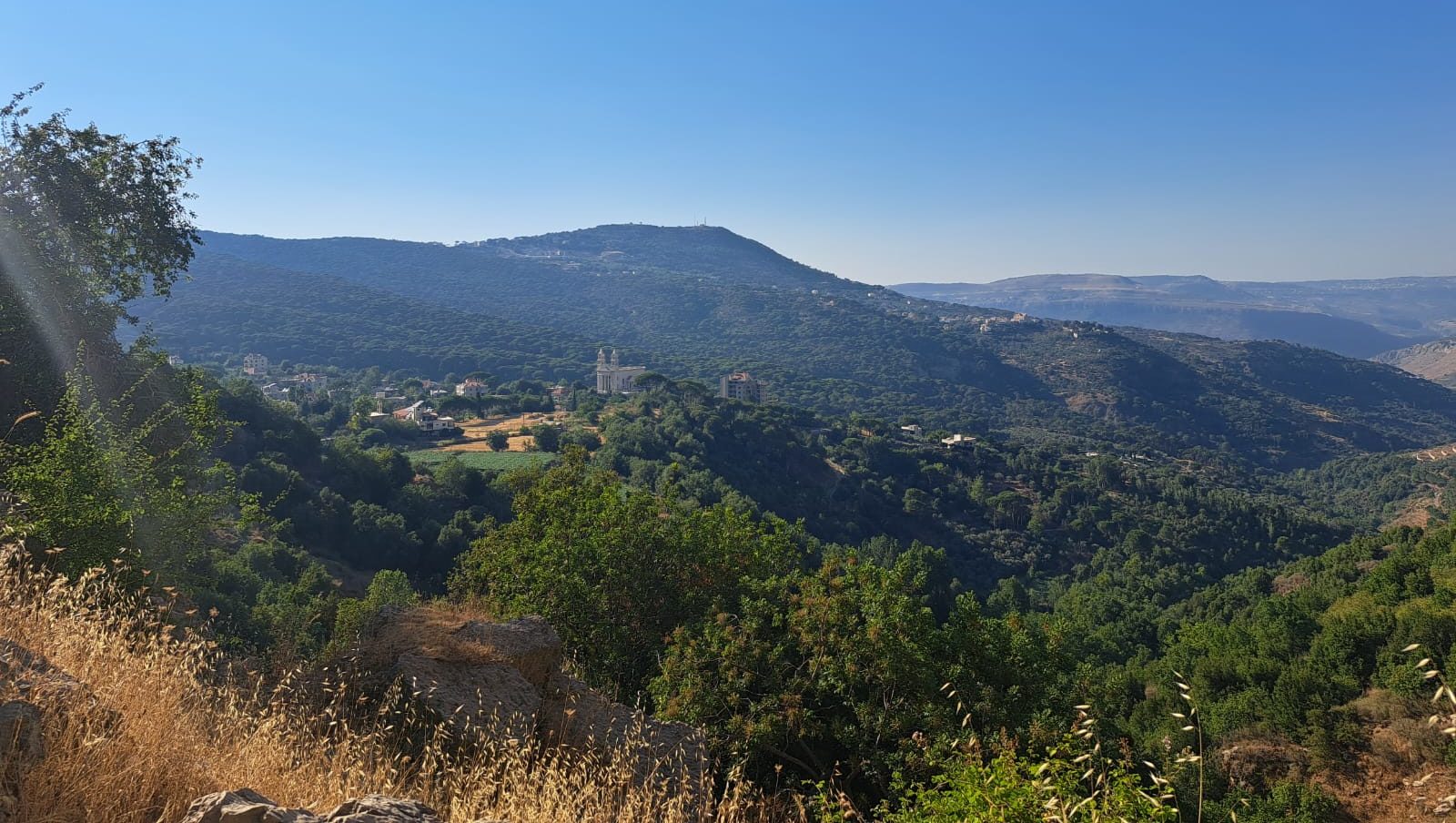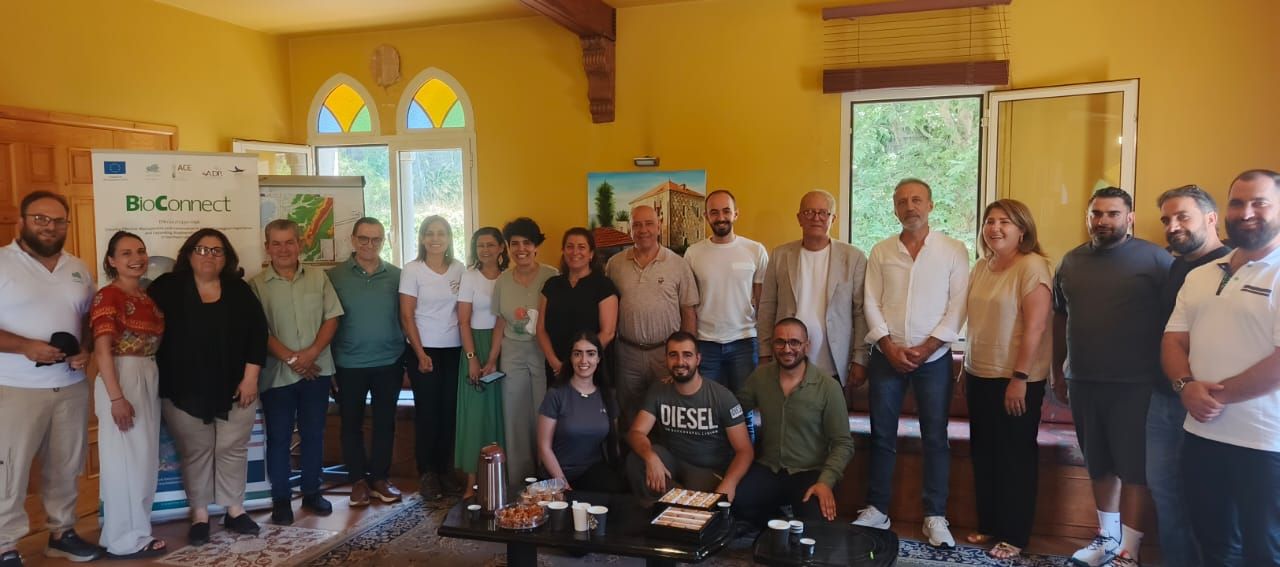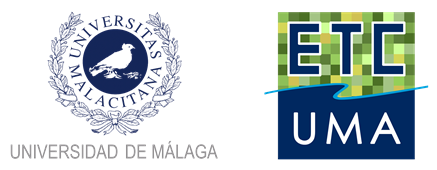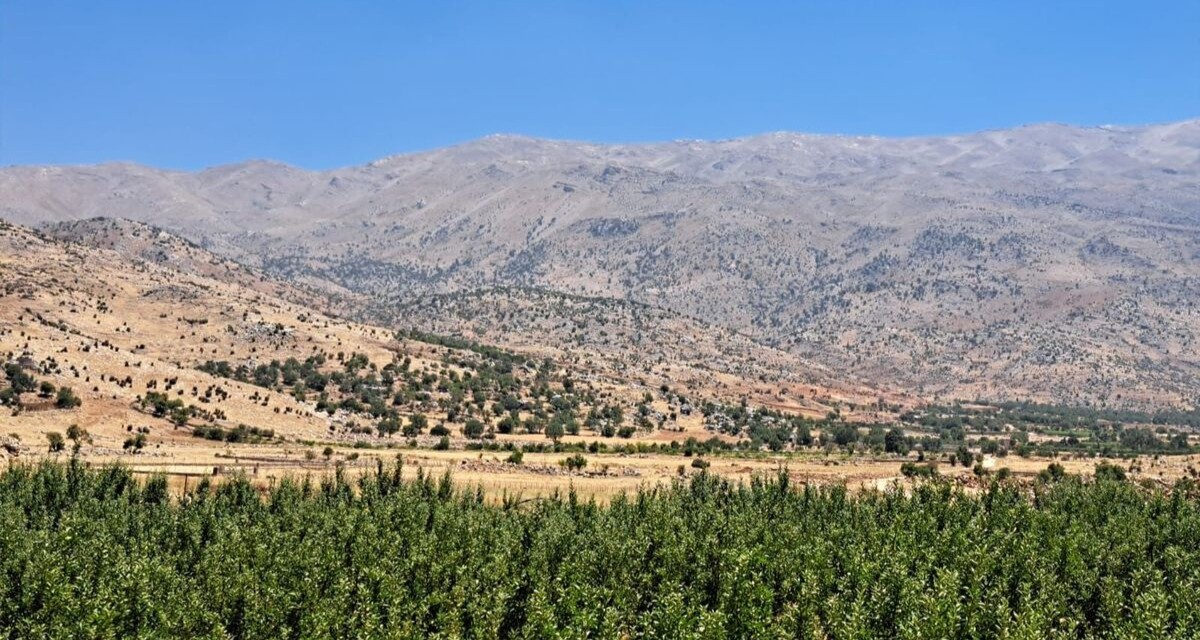As part of ETC-UMA’s role as the external evaluator for the EU-funded BioConnect project, the Centre’s Director, Dania Abdul Malak, carried out a site visit to Lebanon from July 8 to 12 to assess the project’s progress in its third year. The initiative continues to make significant strides in strengthening the governance of ecologically important areas and supporting the designation of New Protected Areas and Other Effective Area-Based Conservation Measures (OECMs). These efforts are driving large-scale conservation across nearly the Southern half of the country, from Tyre to Mount Lebanon, Jezzine, Shouf, and Mount Hermon. The combined work of local communities, municipalities, ministries, NGOs, and institutions is redefining conservation through stronger connections and collaborative approaches.
Several key meetings contributed to advancing the uptake of important BioConnect outcomes, most notably a meeting with the Lebanese Minister of Agriculture, Dr. Nizar Hani, and the project’s lead partner, the Shouf Biosphere Reserve. This meeting underscored the need to establish a national governance framework for OECMs in Lebanon. Discussions also focused on designing this framework as a collaborative effort among key national institutions, particularly the National Council for Scientific Research – Lebanon (CNRS-L) and the Ministry of Environment, to ensure its effectiveness and sustainability.

A productive meeting with the Union of Municipalities in Upper Shouf and Jezzine, together with BioConnect partners, emphasized the region’s natural beauty and geological significance. It reaffirmed the project’s key role in paving the way for Lebanon’s first GeoPark, with ongoing efforts to secure national protection for geological sites and engage UNESCO for international recognition.
In Rashaya, it was encouraging to witness progress in establishing a management body for the Mount Hermon Nature Reserve, including team recruitment and training, as well as the opening of a native plant nursery to support genetic diversity and ecologically responsible restoration.

Through the efforts of the BioConnect project so far, it was striking to see first hand that the idea of connectivity in Lebanon has extended beyond ecological systems—it also includes social and institutional networks.
Despite the ongoing challenges Lebanon has faced from 2023 to 2025, the dedication and perseverance of all the partners and stakeholders involved remain a powerful source of inspiration. ETC-UMA expresses deep gratitude to all partners and institutions working tirelessly to connect landscapes, people, and purpose throughout the country.
To learn more about the striking biodiversity of the region covered by BioConnect, you can visit the storymaps that ETC-UMA helped developing!
Mount Hermon Nature Reserve Storymap
The Tyre Coast Natural Reserve Storymap
Where Cedars Embrace the Clouds Storymap




